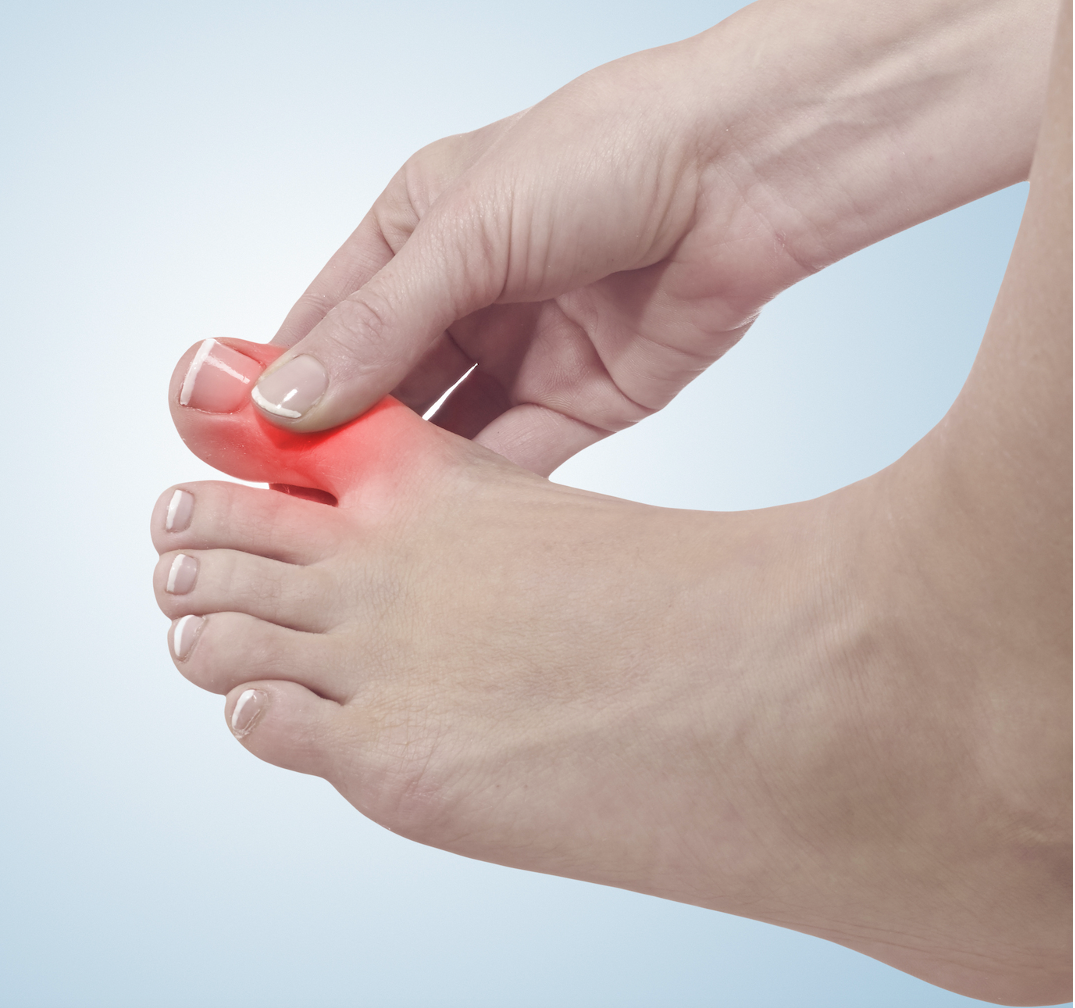Early Urate-Lowering Treatment did not Increase Flare Severity, Duration in Patients with Gouty Arthritis
Findings support the concept of early urate-lowering therapy in patients experiencing gout flare under adequate prophylactic treatment.
Early aggressive control of hyperuricemia, using probenecid 500 mg, in patients with gouty arthritis (GA), a chronic systemic disease with recurrent acute monoarthritis, did not significantly increase gout flare severity or duration, according to a study published in European Journal of Medical Research.1

“In the management of GA, the long-term use of nonsteroidal anti-inflammatory drugs (NSAIDs) may enhance the progression of organic damage including renal, peptic ulcer, and cardiovascular diseases,” investigators stated. “Therefore, urate-lowering therapy (ULT) is important for GA evaluations and observations. Inhibiting urate production and stimulating urate renal secretion are the 2 major mechanisms of action of ULT drugs.”
Forty patients experiencing an acute gout attack (within 72 hours of the flare) were included in the study, of which 20 were treated with colchicine 0.5 mg twice daily and 20 received probenecid 500 mg and colchicine 0.5 mg twice daily. Data, such as a physical examination, blood tests, and visual analog scale (VAS) pain scoring, as well as GA severity were tracked for 2 weeks (15 days) after starting therapy. Laboratory tests included uric acid, C-reactive protein (CRP), creatinine, and complete blood count. The primary outcome was differences in VAS scores on day 8 between treatment groups. Pain severity and arthritis frequency were evaluated at day 3 and day 5. The medians and interquartile ranges (IQRs) evaluated clinical data in both groups.
At baseline, demographics and clinical data were similar across treatment arms. Patients in the probenecid and colchicine group had significantly more rapidly decreasing median serum acid levels at day 8 when compared with patients in the colchicine group (− 1.9 [IQR, − 3.7 to 0] vs 0.8 [IQR, − 0.1–2.2]; P < 0.001). Levels of uric acid remained high in the control cohort; however, the median decrease in VAS scores were not significantly different between groups (− 5.5 [IQR, − 8.0 to − 3.0] vs − 3.5 [IQR, − 5.9 to − 2.0]; P = 0.080). Pain severity was similar among patients through day 15.
Complete blood count and creatine levels were comparable between controls and patients in the probenecid cohort and serum CRP levels were controlled in both groups (−0.2 [IQR, −0.9 to 0] vs −0.4 [IQR, −1.1 to − 0.1]; P = 0.336). At day 15, CRP levels persistently decreased across treatment arms (− 0.3 [IQR, − 1.1 to 0] vs − 0.5 [IQR, − 1.4 to − 0.2]; P = 0.213).
The small number of patients limited the study. Further, allowing for intermittent NSAID usage may have introduced bias. Evaluating VAS scores without serum markers and the short 2-week observation period also hindered findings.
“Low-dose colchicine (0.5 mg once or twice daily) or low-dose NSAIDs can serve as prophylactic treatment during ULT in GA,” investigators noted. “In our study, colchicine was administered with intermittent NSAIDs and no significant elevation in gout flares was found. Adequate control of hyperuricemia and reducing tophus size are associated with a lower probability of relapse during ULT. Therefore, our study findings support the concept of early ULT in gout under adequate prophylactic treatment.”
Reference:
Yang DH, Chen HC, Wei JC. Early urate-lowering therapy in gouty arthritis with acute flares: a double-blind placebo controlled clinical trial. Eur J Med Res. 2023;28(1):10. Published 2023 Jan 6. doi:10.1186/s40001-022-00982-8